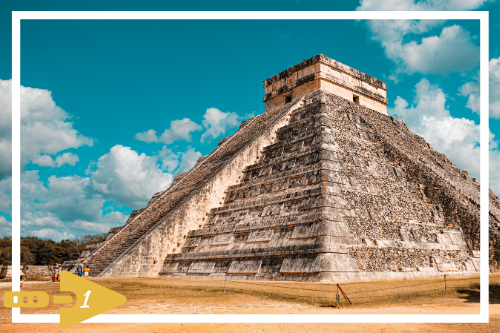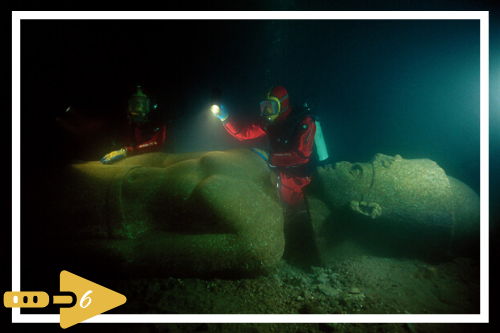
Underwater Detectives
Dr. Arty Fax’s Archy Facts is a weekly blog introducing kids (currently stuck at home) to the exciting world of archaeology!
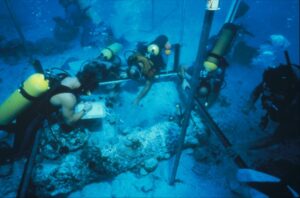
The Wreck of HMS Pandora
1984 Expedition
Did you know that archaeologists not only work on land, but underwater as well? Does it surprise you that underwater archaeological excavation is similar to traditional land archaeology?
MARINE or UNDERWATER ARCHAEOLOGISTS use many of the same tools as those working on land. Hand trowels, square units, clipboards, pencils, tape measures, compasses, and other hand tools are all used underwater.
 Do you know where the statue pictured at the top was found?
Do you know where the statue pictured at the top was found?
Scroll down to find out!
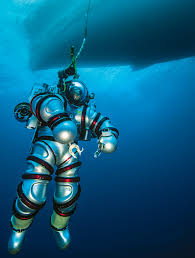
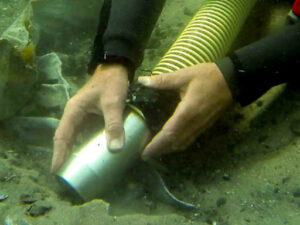 Although many of the tools may be the same, archaeologists also need very specialized tools to work underwater. Rather than shoveling dirt into a bucket for screening, marine archaeologists use a hose connected to an engine that sucks up ocean sediment like a vacuum cleaner. The sediment is then deposited on a large floating screen at the water’s surface.
Although many of the tools may be the same, archaeologists also need very specialized tools to work underwater. Rather than shoveling dirt into a bucket for screening, marine archaeologists use a hose connected to an engine that sucks up ocean sediment like a vacuum cleaner. The sediment is then deposited on a large floating screen at the water’s surface.
Sometimes they even use EXOSUITS! These are mechanical suits that allow archaeologists to safely dive deeper underwater. Check out all the cool features of this high-tech suit here.
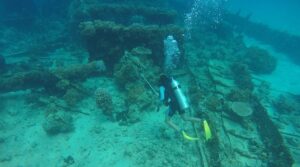
SHIPWRECKS are the most common type of underwater site studied. Other types investigated include flooded land sites and fishing structures. Read more here about why archaeologists study shipwrecks.
![]() Thonis-Heracleion
Thonis-Heracleion
near Alexandria, Egypt
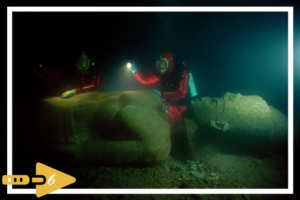
Fun Facts:
Thonis-Heracleion (the Egyptian and Greek names of the city) was probably founded in the 8th century BCE, and after multiple natural catastrophes, sunk in the 8th century CE. Over 700 ancient anchors from more than 70 shipwrecks were found here. The picture shows archaeologists Franck Goddio and his team inspecting the large granite statue of a pharaoh before bringing it to the surface. It measured over 15 feet and weighed 5.5 tons!
Read and watch more about Thonis-Heracleion here, here, and here.


